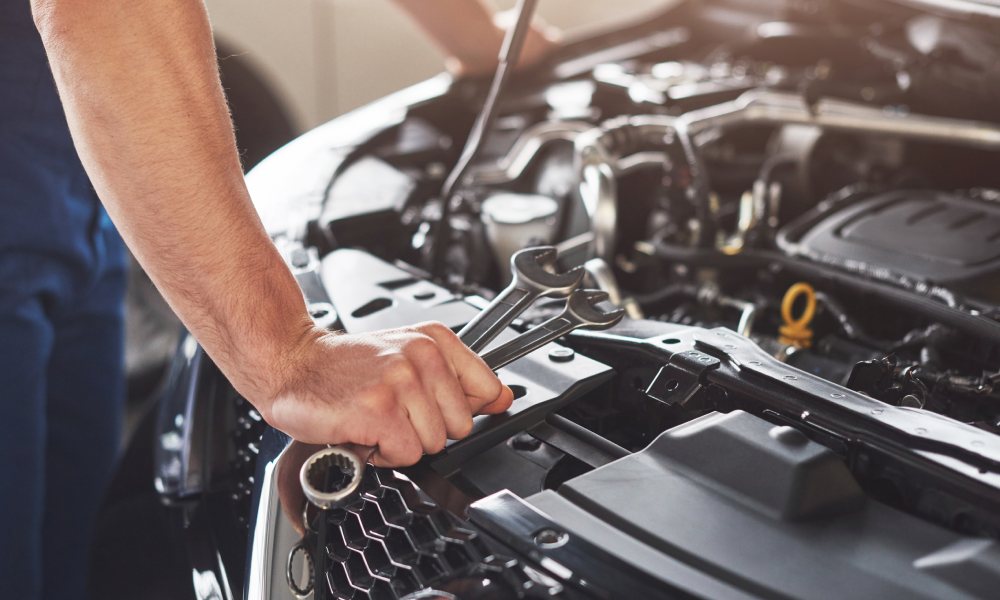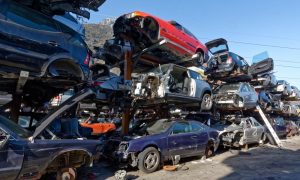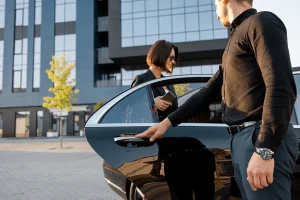
When your car is involved in a collision, the damage is not always limited to the exterior. The vehicle’s structural components – including the frame, subframe, and chassis – play a critical role in safety and performance. Vehicle structural repair ensures that your car is restored to its original strength, alignment, and functionality.
What Is Vehicle Structural Repair?
Vehicle structural repair involves fixing or replacing parts of the car’s framework that have been bent, twisted, or damaged in an accident. Unlike cosmetic repairs, structural repairs focus on the vehicle’s foundation to ensure safety and proper operation.
Signs You May Need Structural Repair
- Vehicle pulls to one side while driving
- Uneven tire wear
- Misaligned doors, hood, or trunk
- Visible bends, cracks, or rust on the frame
- Noises or vibrations after a collision
Types of Structural Damage
- Frame Damage: Twists or bends from collisions that compromise safety
- Subframe Damage: Impacts that affect engine or suspension mounts
- Chassis Damage: Bends or cracks that affect vehicle handling
- Corrosion: Rust that weakens structural components over time
How Vehicle Structural Repair Works
- Inspection and Measurement: Advanced tools such as laser measuring systems detect misalignments and damaged areas.
- Disassembly: Damaged panels, bumpers, and components are removed for better access.
- Straightening and Alignment: Hydraulic machines and precision tools restore the frame to factory specifications.
- Replacement of Severely Damaged Parts: Panels, subframes, or chassis sections may be replaced if repair isn’t possible.
- Reinforcement and Welding: Ensures repaired areas meet safety and strength standards.
- Painting and Finishing: If necessary, affected areas are primed, painted, and refinished to match the original appearance.
- Final Inspection: Technicians verify alignment, safety, and structural integrity before returning the vehicle.
Benefits of Professional Structural Repair
- Restores Safety: Ensures the car’s safety systems work as intended in future collisions.
- Improves Handling: Corrects alignment and suspension issues caused by damage.
- Preserves Vehicle Value: Proper structural repairs maintain resale and trade-in value.
- Prevents Further Damage: Proper alignment prevents uneven tire wear and additional stress on components.
Choosing a Structural Repair Shop
- Look for certified and experienced technicians
- Ensure the shop uses advanced measuring and alignment equipment
- Confirm warranty coverage for structural repairs
- Check reviews and customer feedback
Final Thoughts
Vehicle structural repair is essential for restoring both the safety and performance of a damaged car. Professional repair ensures that your vehicle meets manufacturer specifications, drives correctly, and provides peace of mind for years to come.





